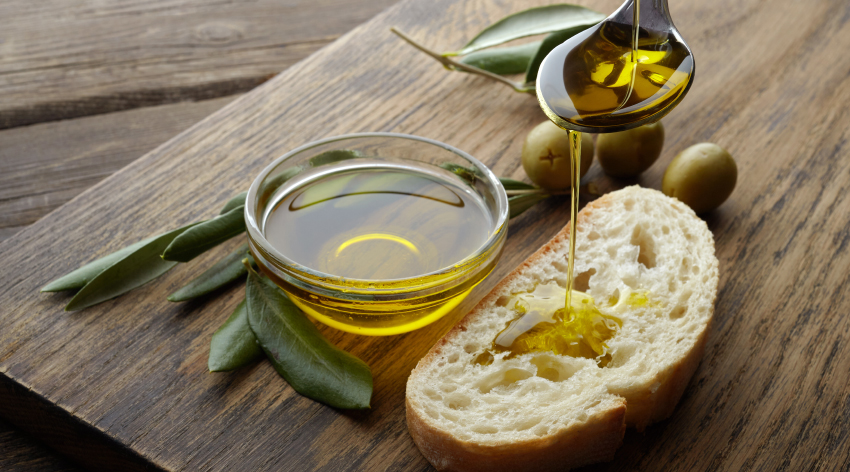
Blended into a tapenade, stirred into a martini or just straight from the jar…however you eat them, olives have created a fanbase worldwide. But did you know that fossil evidence indicates that the olive tree’s origins trace back to as long as 40 million years ago, in an area that now corresponds to Italy? Today there are hundreds of varieties, or cultivars, of olives, including 400 in modern Italy alone, and olives are a food staple all across the Mediterranean.
Olives belong to a group of fruit called drupes, or stone fruit, and are related to mangos, cherries and peaches. Traditional olive farmers typically pick them gently by hand, even on commercial farms that process olives in large quantities. There are modern-day farmers who tend to use machinery to harvest the crop, which involves using a long pole with a vibrating blade at one end to shake and snip the olives off the branches, leading them to fall into a tray underneath

To extract olive oil, the olive is first crushed inside an olive mills with stones inside, causing the fruit to begin releasing its oils. Then, the olives are pressed using a cold-press method—no heat is applied—and the juice is extracted. After the oil has been pressed out, it is ready to be bottled if unfiltered, or filtered then bottled. This is the Extra Virgin Olive Oil that is so famous. Industrial extraction with heat and chemicals results in an inferior product.
Olives are very high in vitamins and antioxidants and have been shown to protect and reduce the risk of many diseases and health problems. Consuming olive oil is said to reduce the risk of heart disease and mortality for those with heart health issues. Olives also contain the compound oleocanthal, which has been shown to reduce the risk of Alzheimer’s and kill cancer cells. Several studies have linked consuming olive oil and reducing the risk of cancer, especially breast cancer. Olives are rich in Vitamin E, which helps support the immune system and improves overall skin health.

It’s clear to see why we should adopt a widespread Italian custom and consume more olives and olive oil. To get more of the stone fruit in your diet, try some of these delicious ways of eating them:
Not many foods are both incredibly tasty and good for you in the many, many ways that olives are. They’re the complete package, the all-in-one stop shop for foodies everywhere. Share a jar of Flora Olives or Flora Extra Virgin Olive Oil with good friends for an even better time. With so many options of olives to choose from, like Cerignola, Sicilian Castelvetrano, Calabrese, Oil Cured, Kalamata, Black Olives and more, you’ll never run out of ways to enjoy them.